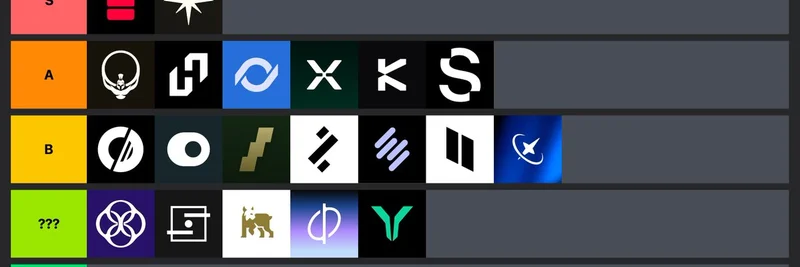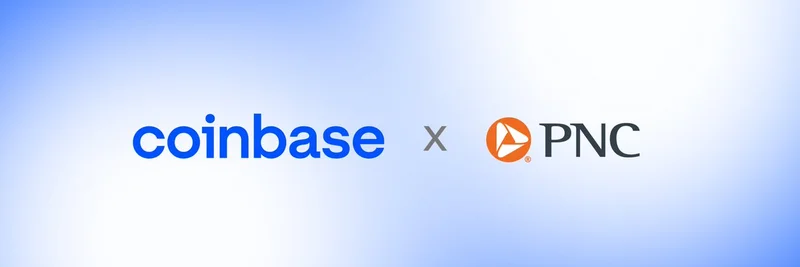In the ever-shifting landscape of cryptocurrency, big moves by whales often hint at broader market trends. Just today, on October 11, 2025, Whale Alert flagged a hefty burn of 66,809,375 USDC—that's roughly $66.76 million worth—straight from the USDC Treasury. For those new to the scene, USDC is a stablecoin, essentially a digital dollar backed 1:1 by real USD reserves, issued by Circle. It's designed to hold steady value amid the chaos of crypto volatility.
Burning tokens like this isn't about setting fire to money (though the flame emojis in the tweet might suggest otherwise). It means permanently removing them from circulation. In the case of USDC, burns typically happen when users redeem their tokens for actual fiat dollars through Circle or authorized partners. This transaction, tracked here on Whale Alert's explorer, points to a large-scale redemption. You can check out the original alert in Whale Alert's post on X.
Why Does This Matter for Crypto Enthusiasts?
Stablecoins like USDC are the lifeblood of the crypto ecosystem. They provide a safe harbor for traders to park funds without exiting to traditional banking, and they're crucial for liquidity in decentralized finance (DeFi) protocols and exchanges. A burn of this magnitude could signal a few things:
Investor Caution: Someone—or a group—is cashing out big time. Maybe it's profit-taking after a market run-up, or perhaps hedging against upcoming volatility. In a bull market, this might not raise eyebrows, but if we're in choppy waters, it could indicate whales preparing for a dip.
Supply and Demand Dynamics: Reducing the circulating supply of USDC tightens the stablecoin pool available for trading. With less USDC floating around, it might lead to slight upward pressure on its peg (though it usually stays rock-solid at $1). More importantly, it reflects real-world money leaving the crypto space, at least temporarily.
Broader Market Ripples: Remember the 2022 crypto winter? Massive stablecoin redemptions were early warning signs of trouble. While this single burn isn't apocalyptic, it's worth monitoring alongside other on-chain data.
Tying It Back to Meme Tokens
At Meme Insider, we're all about those viral, community-driven gems that can moon or rug in a heartbeat. Meme tokens—like Dogecoin, Shiba Inu, or the latest Solana-based sensations—thrive on hype, liquidity injections, and retail fervor. Here's how a big USDC burn might play into that:
Liquidity Squeeze: Meme tokens often pair with stablecoins on decentralized exchanges (DEXs) like Uniswap or Raydium. Less USDC means potentially thinner order books, making prices more susceptible to wild swings. If whales are redeeming, it could mean less fresh capital flowing into speculative assets like memes.
Sentiment Check: The crypto community on X was quick to react. One user noted it feels like "someone just pulled a big chunk of stable float off the board," while another quipped about yanking liquidity equivalent to "a small city." These reactions highlight how such events can stir FOMO (fear of missing out) or FUD (fear, uncertainty, doubt) in meme circles. If redemptions pile up, meme token holders might get jittery, leading to sell-offs.
Opportunity in Disguise? On the flip side, burns can stabilize the ecosystem by ensuring stablecoins remain fully backed. For savvy meme traders, this might be a cue to watch for undervalued projects with strong communities. Tokens built on Ethereum, where this burn occurred, could see indirect effects through gas fees or DeFi integrations.
If you're diving into meme tokens, tools like Whale Alert are gold for staying ahead. They provide real-time insights into massive transfers that could precede pumps or dumps. Always DYOR (do your own research), and consider diversifying beyond just memes—stablecoins offer that much-needed balance.
Keep an eye on the markets, folks. Crypto never sleeps, and neither do the whales. For more breakdowns on meme token trends and blockchain buzz, stick with Meme Insider.


